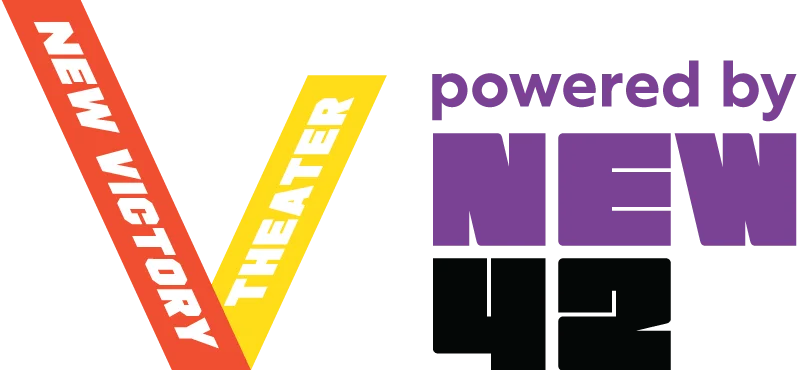Back to Resource Library Download PDF
Download PDF
The Curious Tale of the Classroom in the Nighttime
 Download PDF
Download PDFUse the activity below to introduce your students to the concept of personal storytelling.
Materials Needed: chart paper and markers
- Begin by inviting students to come together in a seated circle and tell them you’re going to be creating a story and bringing it to life! Ask them: What are different ways to tell a story? Then, write down their suggestions on chart paper for future reference. Note: Suggestions you can offer may include fun characters and character voices, moments of suspense, music, comedy, etc.
- Next, ask students to engage their imaginations by asking: Imagine that the objects in our classroom (e.g. desks, chairs, books, art supplies, etc.) came alive at nighttime! What do you think they would do? Do they transform? Do they move around the room or talk to each other? What are their personalities like?
- Next, work with your students to create a story about what happens in your classroom when the lights go out and nobody’s there. Remember to create a beginning, middle and end to your story, as well as the characters, their relationship to each other, your story’s conflict and how that conflict might be resolved. Then, tell your students that they’re going to bring the story to life in your classroom by exploring engaging elements of storytelling like:
- Tableau (A frozen picture)
- Participants as Characters (who/what is in the story)
- Creating a Physical Setting (where the story takes place)
- Soundscaping (background music, noise or soundtrack made with the mouth, body or found objects)
- Thought Tracking (stating aloud what individual characters are thinking at any given point in the story)
- Put all of these ideas into practice by leading students through a “Story Woosh,” in which they create moments of the story in the center of the circle while you act as the narrator and offer
direction as the story is told. Note: It’s best to activate the story one plot point at a time. - Once you’ve finished a section of your story, have everyone in the center of the circle go back to their seated position by saying, “1, 2, 3, WOOSH!”, and making a sweeping motion with your hands. Have seated students do this, too! Once you’ve repeated this for each section of the story, you will have created your very own storytellers’ theater!
Reflection Questions:
- What was it like to explore the story and make it come to life?
- Did becoming different parts of this story help you better understand or imagine it? Why or why not?
- What were some of your favorite moments to create?
